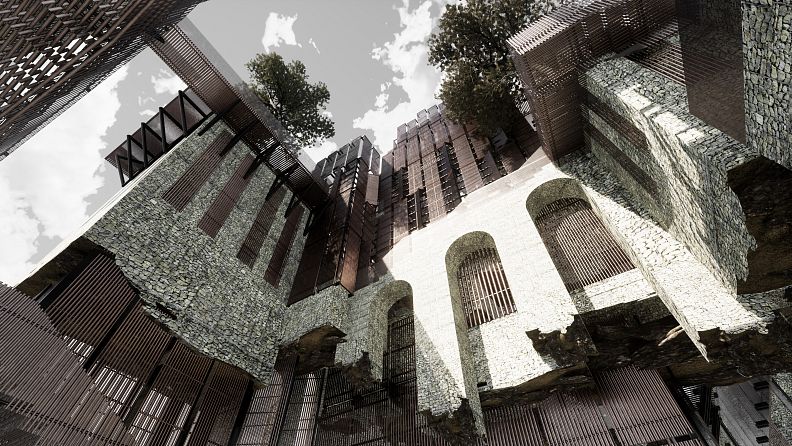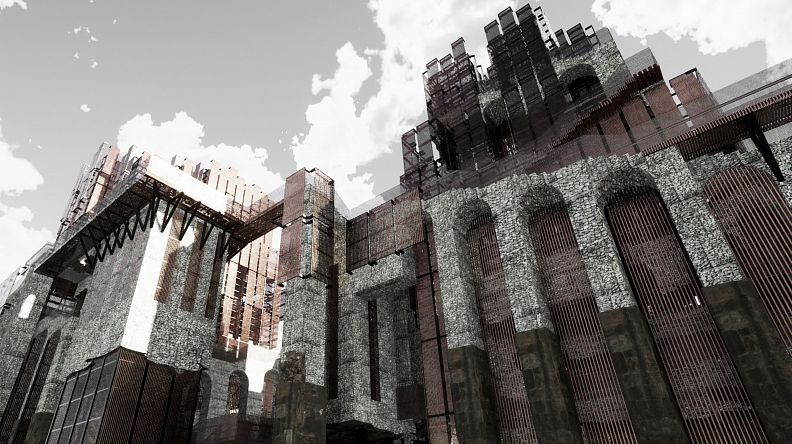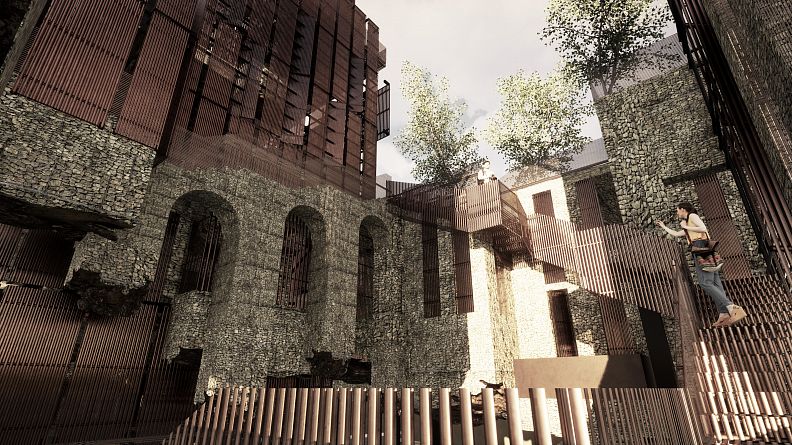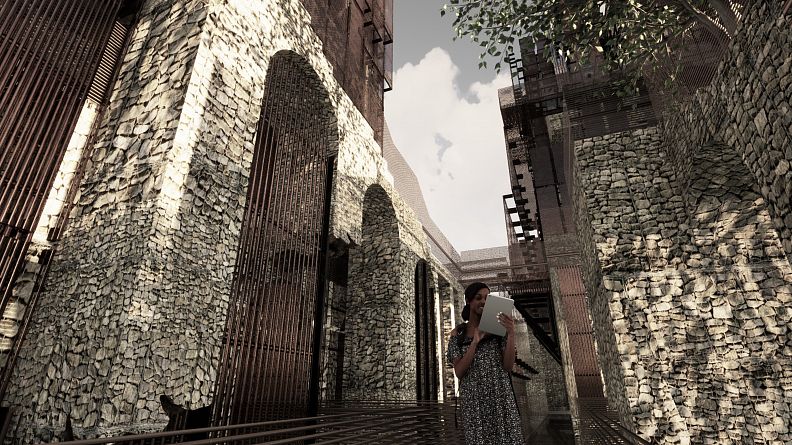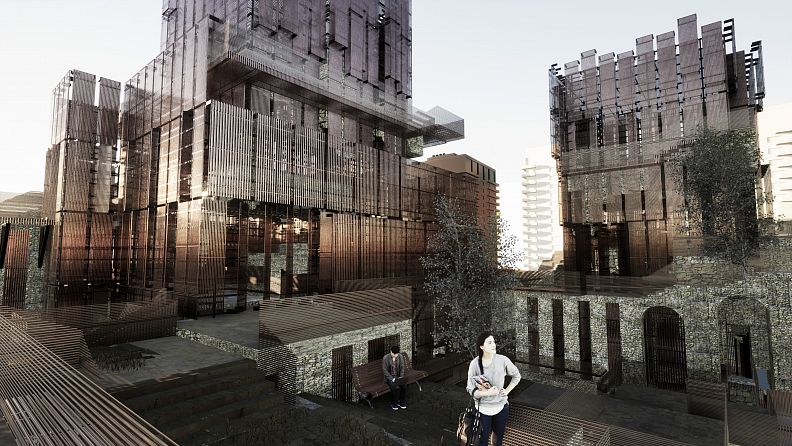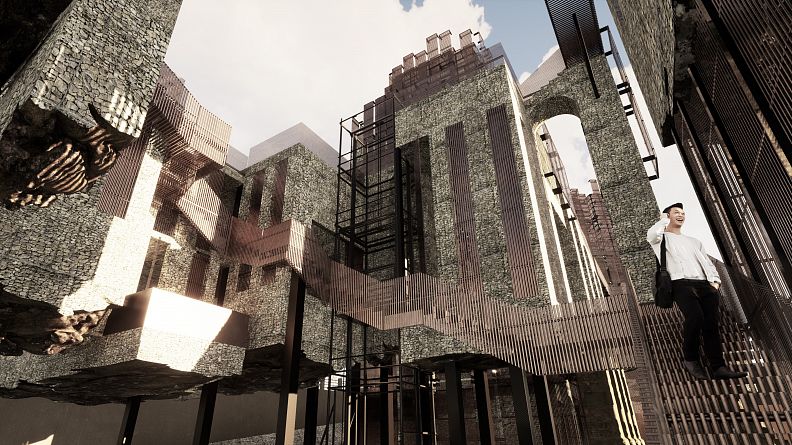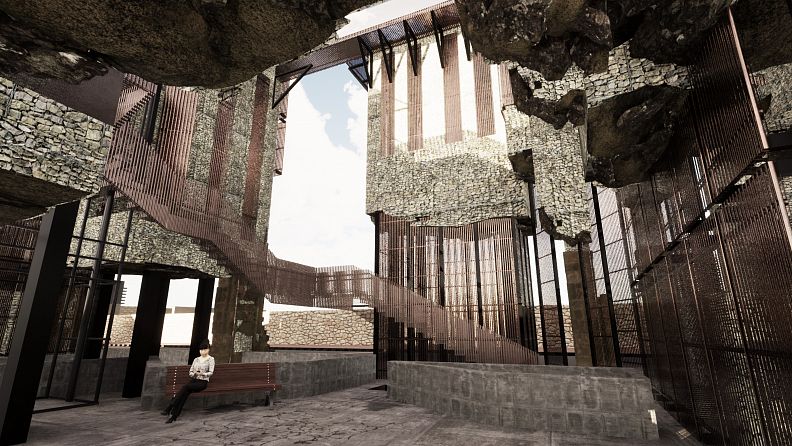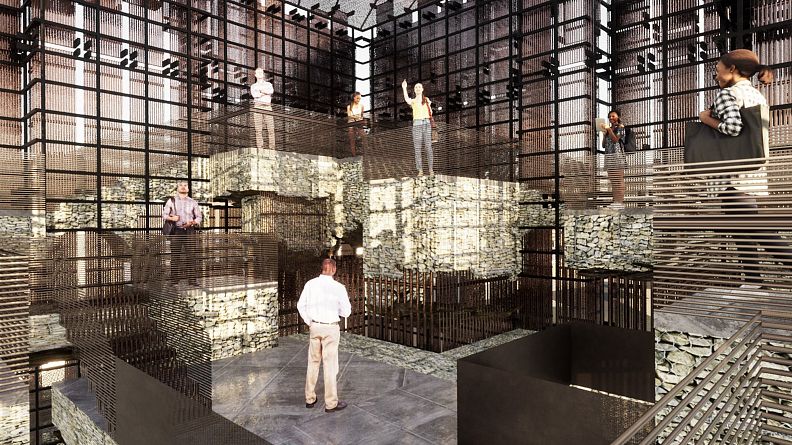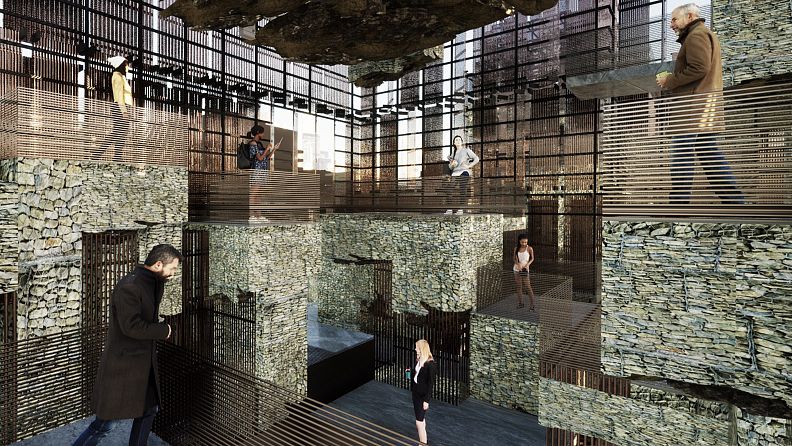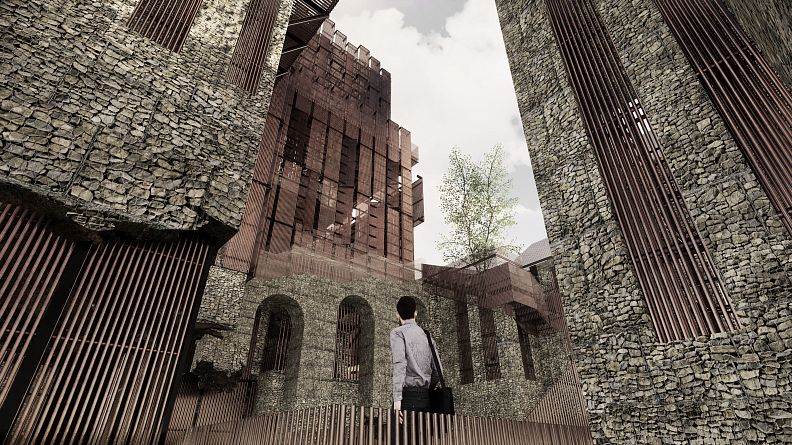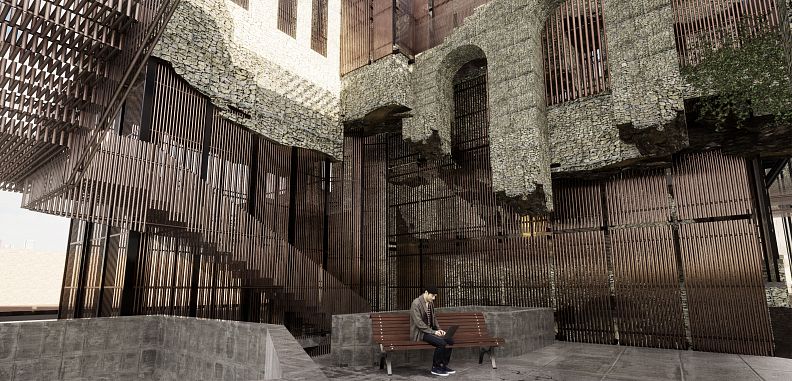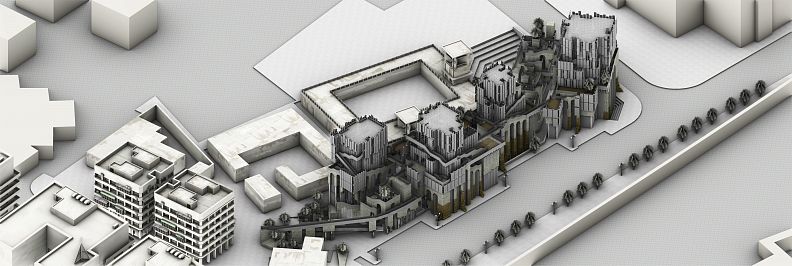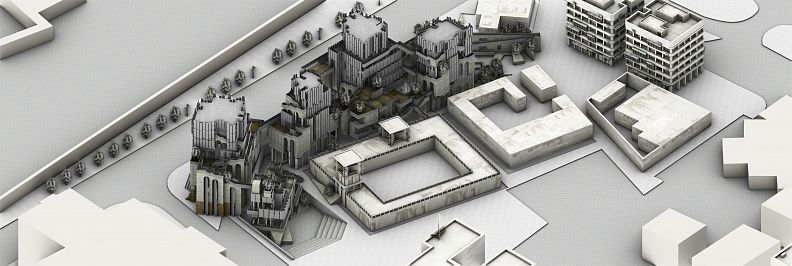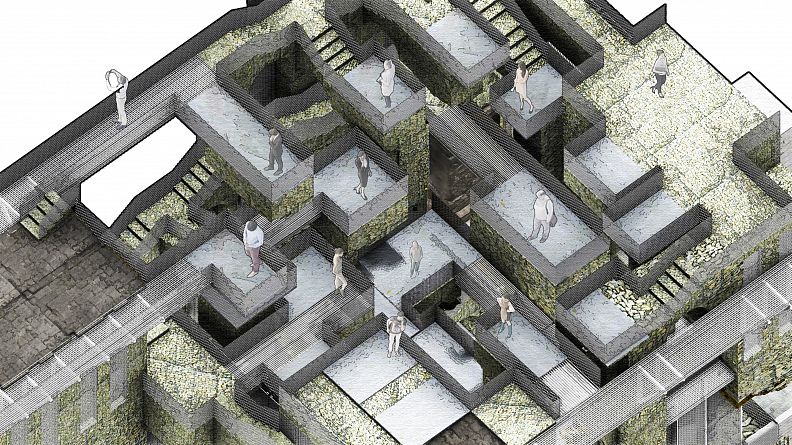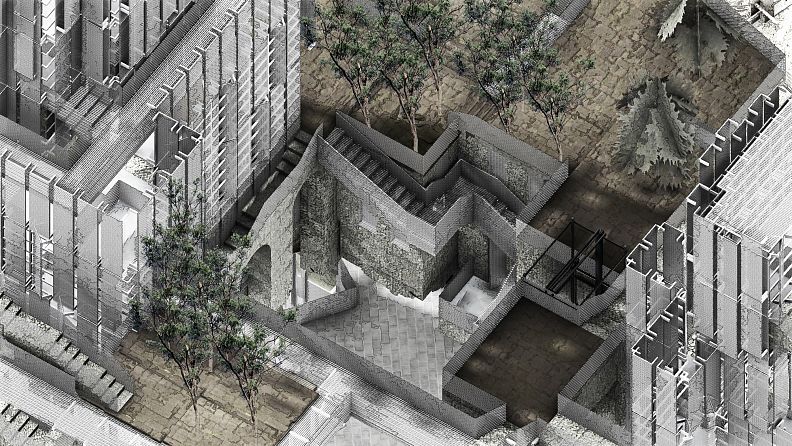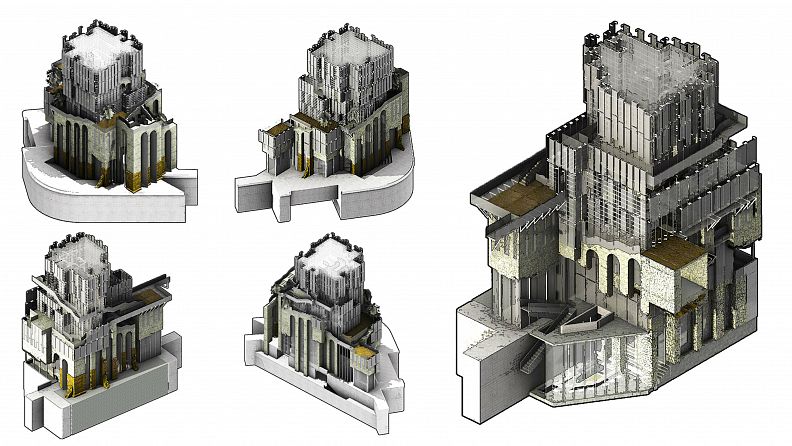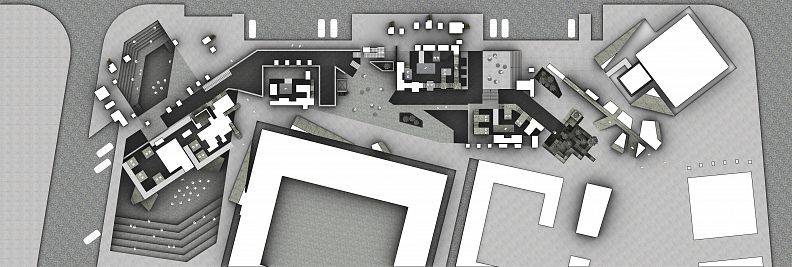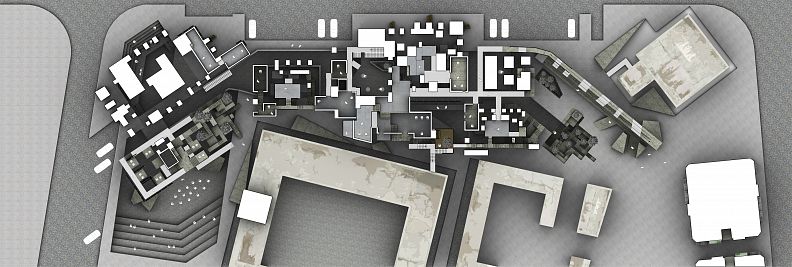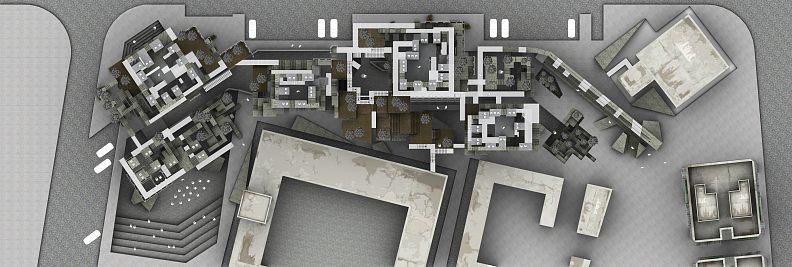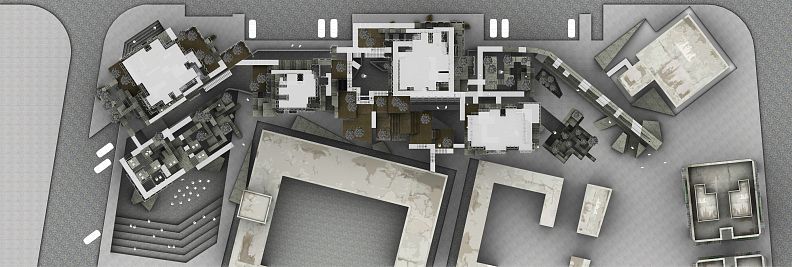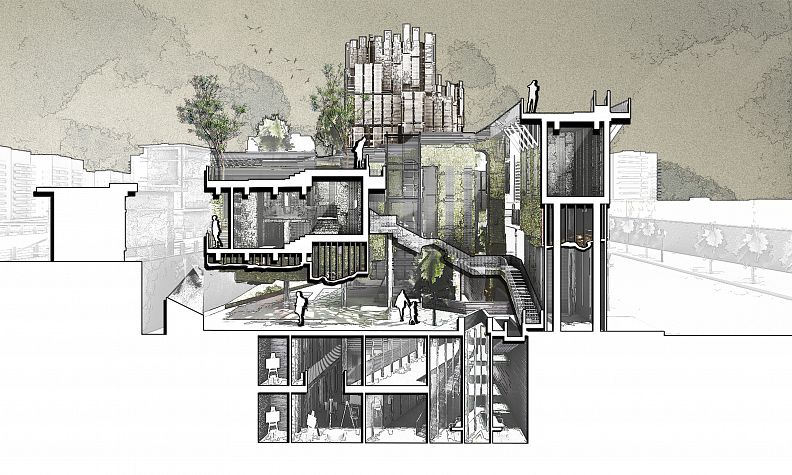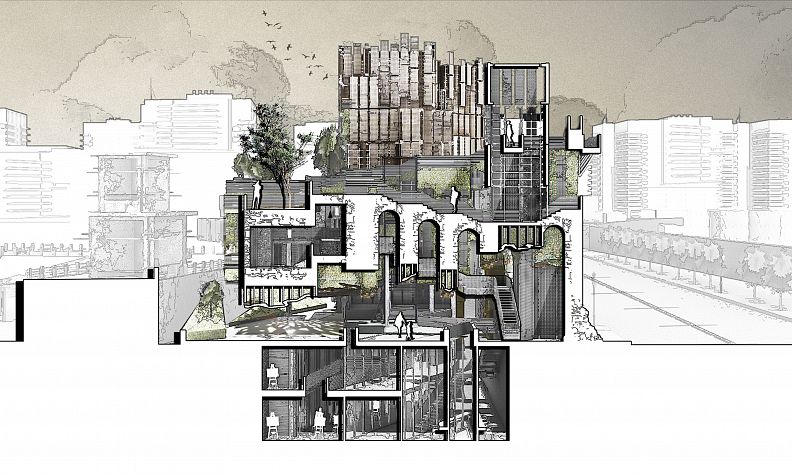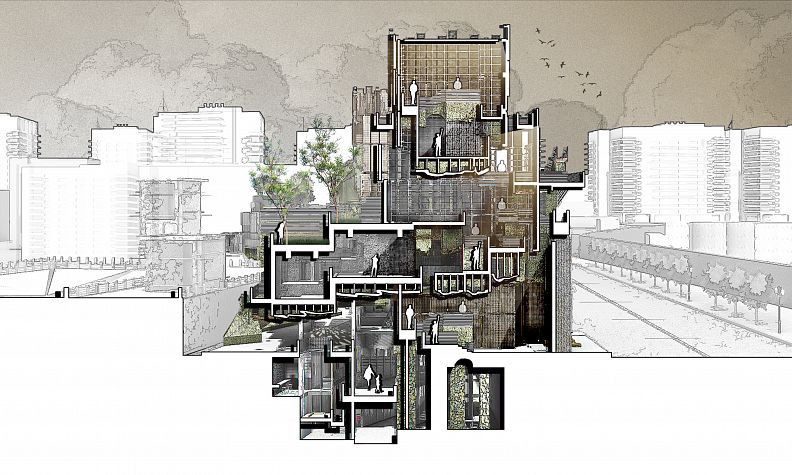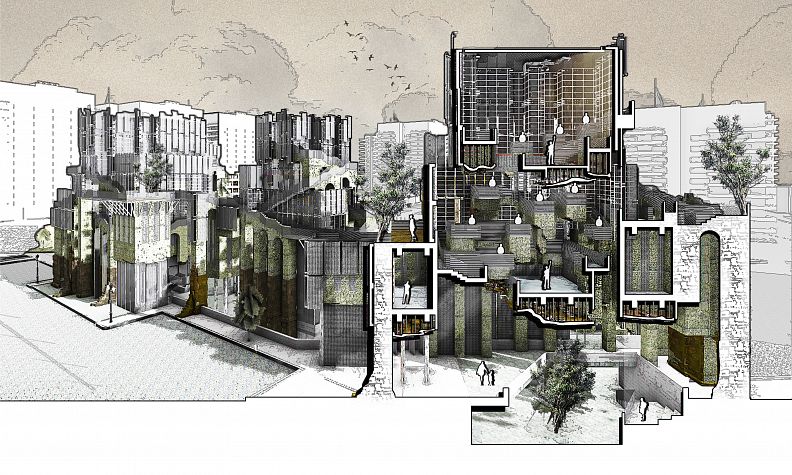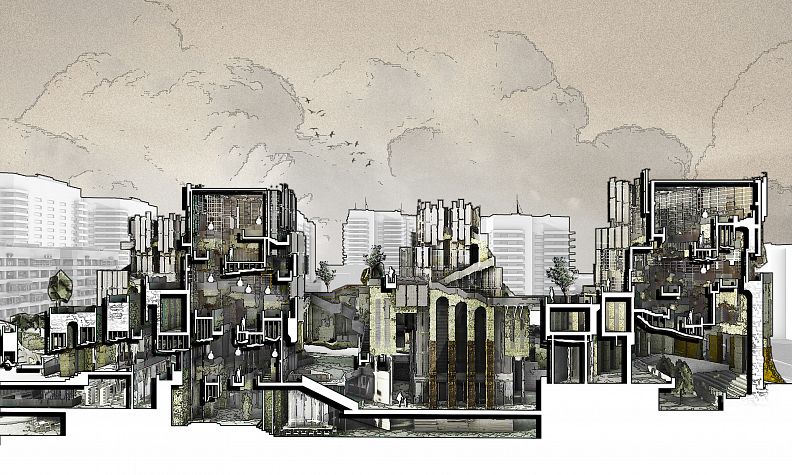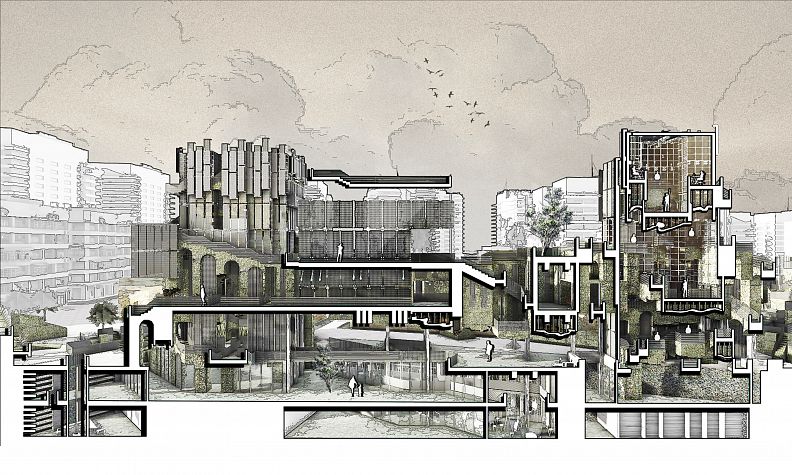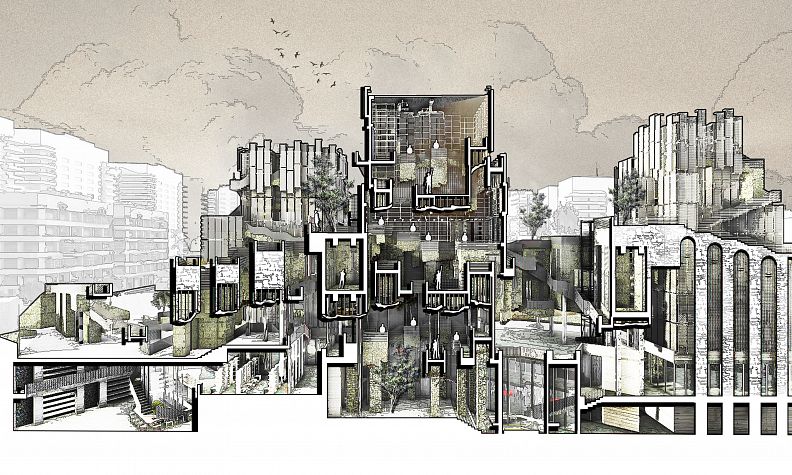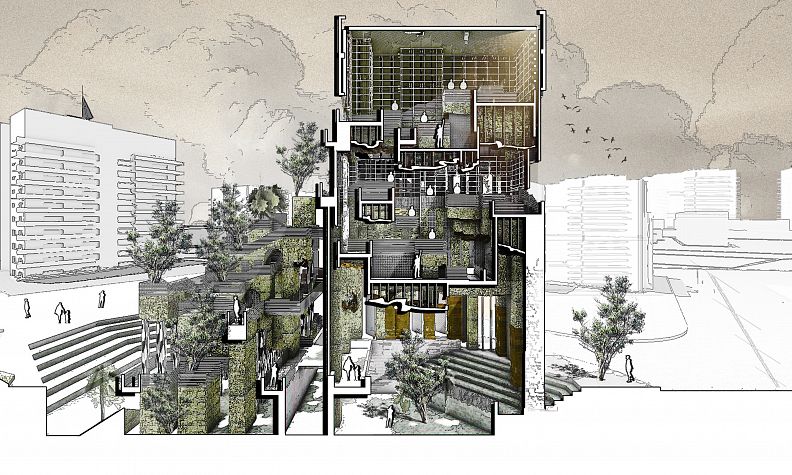Lessons in the Time of Plague

Project idea
The project considers the urgent public health challenges exposed by the pandemic and their relationship to the design of the built environment. The social and economic disruptions caused by the difficulties and failures in controlling viral spread caused the abrupt, disordered, and increasingly cyclical, functional collapse of civic, commercial, and education infrastructure. The continuing crisis has important implications for the future direction of urban and institutional design.
Project description
As a High School for Performing Arts and Humanities, the project explores adaptability and protective resilience within the design of public facilities and environments. This provides the groundwork for speculations on the design of post-pandemic urban, social, and cultural infrastructure with greater potential resilience to epidemic spread of disease.
The lack of flexibility and contagious disease resilience in architectural design resulted in the failure of many educational institutes. Looking at periodical pandemics, lack of congregation is a must, but on the other hand, social encounters are vital and play a huge role in the learning experience. Indoor, Semi-indoor, and outdoor spatial relationships within the project create layered tectonics and visual connections while maintaining physical segregation.
Interwoven in the urban fabric of the city, the project is sited in the historical district of Sharjah with proximity to multiple cultural institutes. Integrating the project with the surrounding context blends the educational realm with the public realm, allowing students to actively learn from real-life expositions to the surrounding infrastructure and built environment.
Technical information
Juxtaposing traditional building materials with modern aesthetics, the project rises from the ground with historic stone material and meets the sky with glass and steel. The cultural expression of materiality is augmented by the climate-sensitive architectural form that responds directly to the environmental challenges of a hot climate.
